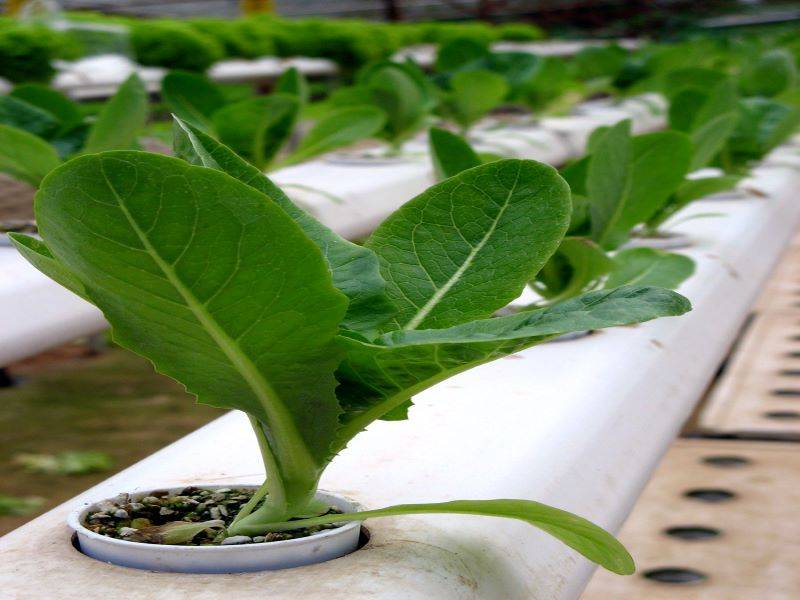
Want to eat fresh, organic, zero-carbon food? Unpack soil-less gardening with hydroponics…
With Covid-19 crisis exposing the supply chain vulnerability, ever wondered if there could be a way to grow your own vegetables - eat fresh, organic, zero-carbon food- and become self-sufficient in the process? If so, hydroponic gardening could be the answer you are looking for.
The science of soil-less gardening is called hydroponics. Simply put, it is growing healthy plants in water - soil is replaced by a 'mineral rich' water solution which is loaded in macronutrients like nitrogen, potassium, phosphorous, calcium nitrate; and micronutrients like manganese, zinc etc. Hydroponic systems directly feed the plant in the most efficient, effective and eco-friendly way.
Why hydroponics is an excellent idea?
Hydroponics can grow the healthiest food possible, in large quantities, in the smallest space and in a sustainable way.Here are a few of its many benefits:
-
Hydroponics emerges as a great option when you lack yard space or have a tiny balcony.
-
Hydroponics allows plants to grow up to 50% faster than they would in soil due to the constant and readily available nutrition, by its default design.
-
Fresh produce can be harvested from a hydroponic garden throughout the year.
-
Hydroponic gardening eliminates the need for pesticides, by using mineral rich water solution, compared to traditional soil gardening.
-
Water that is used in hydroponic gardening stays in the system and can be reused, reducing the constant need for a fresh water supply.
Make your own nutrient solution
Ready-to-use store bought solutions can be used for hydroponics nutrient systems or one can customize one’s own solution based on plant needs.The right nutrient mix combines primary nutrients (nitrogen, potassium, magnesium), secondary nutrients (calcium, sulphur, phosphorus) and micronutrients (iron, copper, manganese, zinc, molybdenum, boron). You can make a basic nutrient solution by diluting the following nutrients in 20 litres of filtered water.
25 ml of CaNO3 (calcium nitrate)
1.7 ml of K2SO4 (potassium sulfate)
8.3 ml of KNO3 (potassium nitrate)
6.25 ml of KH2PO4 (monopotassium phosphate)
17.5 ml of MgSO4 (magnesium sulfate)
2 ml of trace elements
It is recommended to store the solution in a food-grade container at room temperature and away from light.
Key points to consider
You can grow almost anything hydroponically, but some vegetables thrive more in hydroponic systems than others. Choose plants that thrive in moisture and don’t grow too big, such as cucumber, tomato, capsicum, strawberry, lettuce and leafy greens. Plants with shallow roots, like leafy greens, do well in water-based solution cultures. On the other hand, plants with deep roots, such as beets, and heavy vegetables, such as cucumbers, do better with growth mediums such as foam, coconut husk, sponges, and peat moss. Also, keep in mind that flowering and fruiting plants need exposure to sunlight while leafy greens grow well even under fluorescent lights that are placed above them.
Forward to a promising future
In a world where time and space are increasingly short and people are focused on saving the earth’s natural resources, hydroponics is the perfect extension to traditional gardening methods and can allow you to grow the healthiest food possible, in a sustainable way, within any given space no matter how small, and even in places where soil is poor and water is scarce. The future looks promising, indeed. Time to get your fingers green and start growing your own vegetables!











